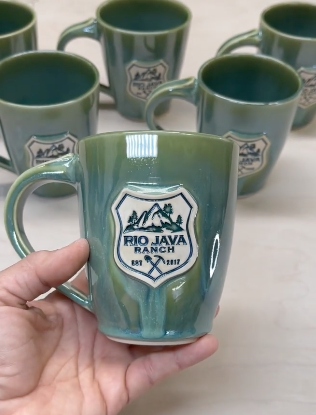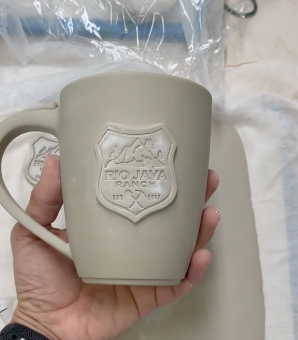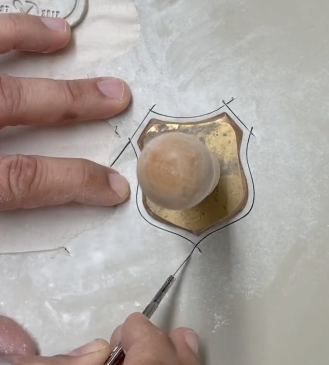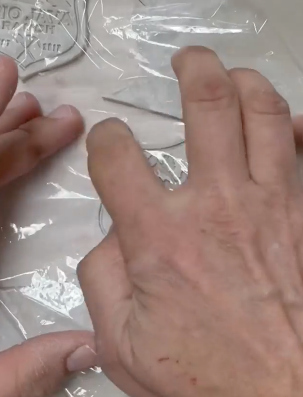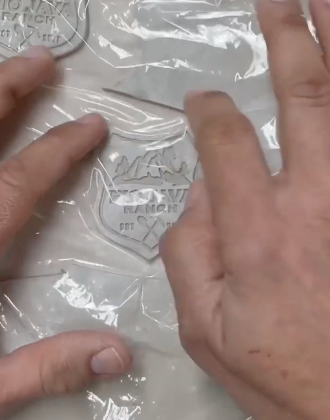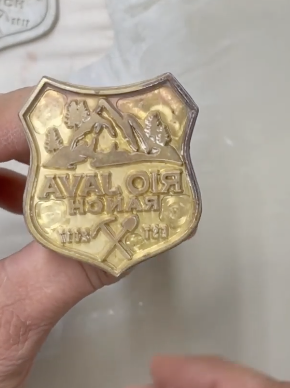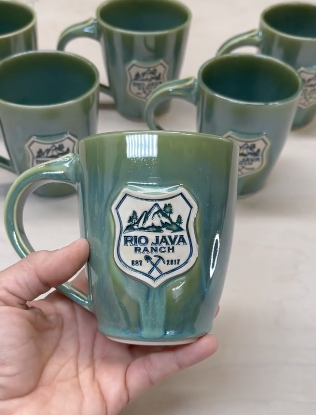Turned out great. I have 30 of these cooling just in time for a show on Saturday.
As always thanks for your great work.
Dan
Custom mug sprigs. Great for custom pottery stamps.
Got the stamp. Looks great. Don’t blow glass again till Friday and I didn’t want to wait to see it so I just hit a little piece of float glass with a mapp gas torch. It works beautifully, even at the lower temp. I’ll send a pic when I use it on my pieces Friday.
Liked the little pattern so much I made a stained glass hanging of it for my studio 😀
Thanks again!
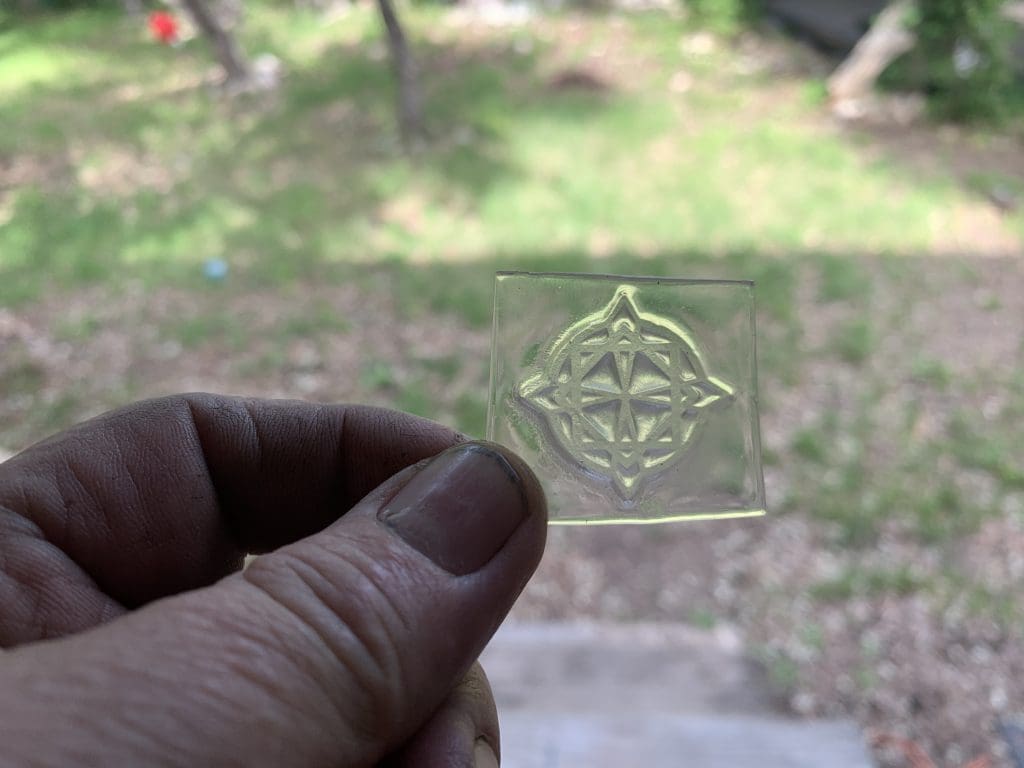

https://www.instagram.com/reel/CYBFRJuKz4o/?utm_source=ig_web_button_share_sheet&fbclid=IwAR2BCs7jwU8hloji4ypsLt4sv1LihrIwckjNjJY7hxrJpG12AY0yHe9fFIM
Great link for a demonstration with a custom stamp for the side of a mug. See the process first hand with Instagram link.
